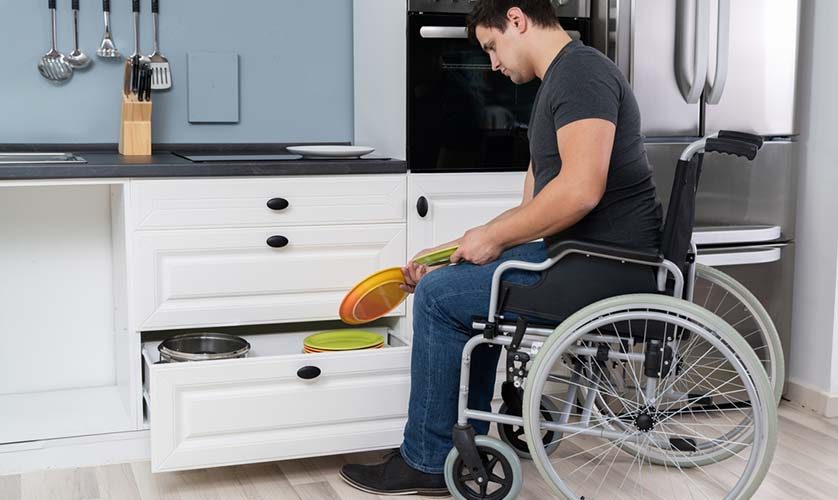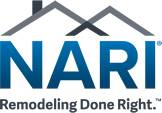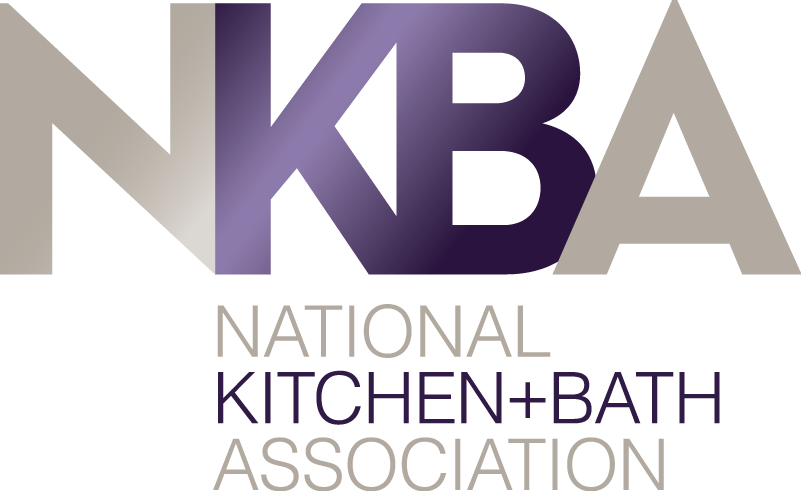
Whether you are living with a senior parent or an individual with mobility issues, or looking to live in your forever home, planning an accessible kitchen remodel is imperative. After all, a typical space can be a major obstacle to independence and daily living. Fortunately, the Americans with Disabilities Act (ADA) has established guidelines for designing living spaces with accessibility in mind.
DreamMaker Bath & Kitchen of Larimer County, the trusted “kitchen remodeler near me“, takes a closer look at what an ADA-compliant kitchen looks like, and how you can benefit from it.
About the ADA
The Americans with Disabilities Act of 1990 is designed to ensure people with disabilities have equal access to public spaces, transportation, and employment, to name a few. This includes designing and constructing buildings and facilities, including residential homes. The law outlines specific guidelines for making spaces accessible to people with disabilities, including those with mobility and cognitive limitations, as well as vision or hearing impairments.
The Features of an ADA-Compliant Kitchen
An ADA-compliant kitchen is one of the many forms of accessible remodeling projects contractors like us complete for their clients. Typically, it has the following features, all of which are in adherence to the ADA’s guidelines:
- Clear Floor Space. Adequate floor space is necessary for easy access while using a mobility device like a wheelchair or walker. The ADA requires the kitchen space to be at least 30 inches wide and 48 inches long, and free of obstacles or obstructions.
- Slip-Resistant Flooring. The floor must be a smooth, even surface to ensure ease of navigation for individuals using wheelchairs or walkers.
- Lowered Counters and Sinks. According to the ADA, the height of the countertop and sink should be no more than 36 and 34 inches high, respectively, from the finished floor. Both should also have a knee space of at least 27 inches high, 30 inches wide, and 19 inches deep to accommodate wheelchair users.
- Accessible Appliances. Front-loading kitchen appliances need to be installed at a lower height than traditional appliances for easy reach and operation.
- Lighting. Ample lighting is imperative in an ADA-compliant kitchen. The right combination of ambient, task and accent lighting should be such that there are no glare or shadows that could make it difficult to see.
Benefits of an ADA-Compliant Kitchen
Designing the kitchen with ADA guidelines in mind means seniors and other family members with mobility issues can make food preparation and cooking much easier and more manageable. This, in turn, helps promote independence and allow for greater participation in daily activities. Even those without physical limitations can benefit from an ADA-kitchen. The features included in the design, after all, are user-friendly and safer for everyone.
Let’s Start a Conversation!
DreamMaker Bath & Kitchen of Larimer County not only specializes in kitchen renovations; we can also work on accessible remodeling projects. An ADA-compliant kitchen is just one of the many updates we can offer you through our Independence by Design™ service. Our skilled and experienced designers will listen attentively to your specific needs, helping us create a more detailed and precise kitchen quote. This, in turn, allows us to design a safe and independent living space that takes into consideration your lifestyle and personal taste.
To learn more, give us a call at (970) 695-1320, or fill out our contact form to schedule a conversation. We serve homeowners in Fort Collins, Laporte, Loveland, Lyons, Timnath, Johnstown, Berthoud and Wellington.




